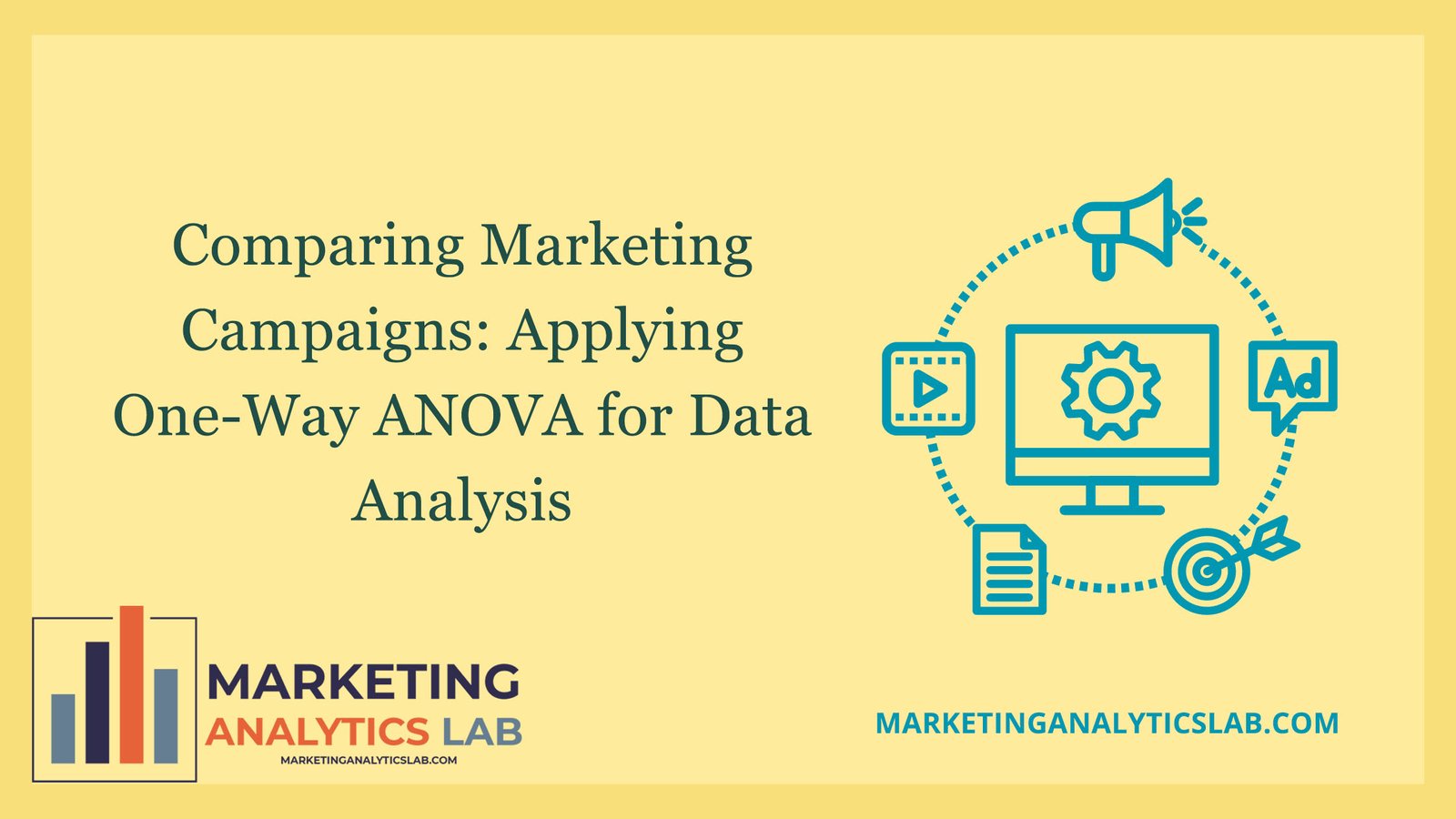Understanding One-Way ANOVA for Marketing Campaign Analysis
One-Way Analysis of Variance (ANOVA) is a statistical method used to analyze the differences among group means. In the context of marketing campaigns, One-Way ANOVA can be used to compare the effectiveness of multiple campaigns in achieving a specific goal, such as increasing sales or brand awareness. By applying ANOVA, marketers can determine whether there are statistically significant differences in the outcomes of different campaigns, helping them make informed decisions on where to allocate resources for future campaigns.
ANOVA works by comparing the variance within groups to the variance between groups. If the variation between groups is significantly larger than the variation within groups, it suggests that there are significant differences in the effectiveness of the marketing campaigns being compared. By conducting an ANOVA analysis, marketers can gain valuable insights into which campaigns are performing better and identify any patterns or trends that can be used to optimize future marketing strategies.
It is important to note that ANOVA does not determine which specific groups are different from each other, but rather if there is a difference among the groups as a whole. Post-hoc tests, such as Tukey’s HSD or Bonferroni tests, can be used to identify the specific groups that differ significantly from each other. Overall, One-Way ANOVA is a powerful tool that can help marketers evaluate the effectiveness of their marketing campaigns and make data-driven decisions to improve their overall marketing strategy.
Steps to Compare Marketing Campaigns Using ANOVA
-
Define the Hypotheses: Before conducting an ANOVA analysis, marketers need to formulate clear hypotheses regarding the effectiveness of the marketing campaigns being compared. The null hypothesis (H0) typically states that there are no significant differences among the groups, while the alternative hypothesis (Ha) suggests that at least one group is different from the others. By clearly defining the hypotheses, marketers can establish a framework for interpreting the results of the ANOVA analysis.
-
Collect and Prepare Data: The next step in comparing marketing campaigns using ANOVA is to collect and prepare the relevant data. This may include metrics such as sales revenue, website traffic, conversion rates, or any other key performance indicators (KPIs) that are relevant to the marketing campaigns being analyzed. It is important to ensure that the data is clean, consistent, and formatted correctly before proceeding with the ANOVA analysis to ensure accurate results.
-
Conduct the ANOVA Analysis: Once the data has been collected and prepared, marketers can conduct the One-Way ANOVA analysis using statistical software such as SPSS or R. The ANOVA test will produce an F-statistic and associated p-value, which can be used to determine whether there are significant differences among the groups. If the p-value is less than the predetermined significance level (usually 0.05), marketers can reject the null hypothesis and conclude that there are significant differences among the marketing campaigns. Post-hoc tests can then be conducted to identify which specific groups are different from each other. By following these steps, marketers can effectively compare marketing campaigns using One-Way ANOVA and make data-driven decisions to optimize their marketing strategies.

